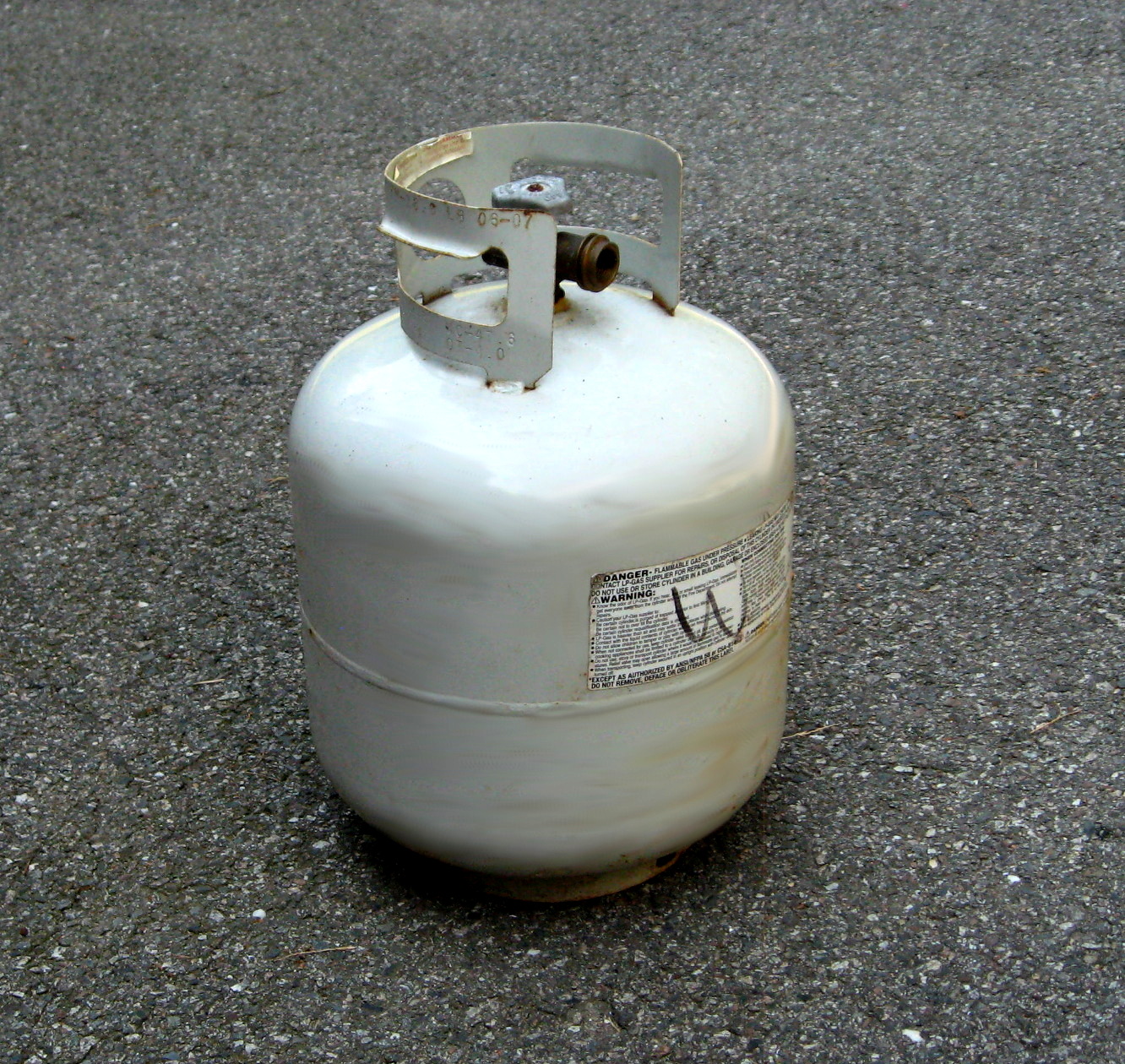Oxygen Tank Storage Temperature Freezing

Oxygen storage and handling oxygen tanks should be stored in a stand or cart to prevent tipping and falling.
Oxygen tank storage temperature freezing. National institute of standards and technology considers the field of. It is not well defined at what point on the temperature scale refrigeration ends and cryogenics begins but scientists assume a gas to be cryogenic if it can be liquefied at or below 150 c 123 k. Never store them in cabinets closets or other unventilated areas next to heat sources or under curtains clothing or fabrics. They should always be stored in an upright and secure position since a fall could damage the tank could cause a rupture or could cause the tank to become an airborne hazard itself.
The oxygen inside the cylinder may be very cold particularly if the gas is to be used for cryogenic or freezing purposes. But what about spare tanks. My husband s oxygen is delivered once a month. There is an inner vessel surrounded by an outer vessel.
Store medical oxygen tanks wisely. Because he gets 65 tanks a month our only option for storage is on the front porch. More often than not in freezing temperatures you will experience a reduced flow rate even when the cylinder is completely full. Storage temperatures must not exceed 130 degrees fahrenheit.
Nfpa 99 section 11 6 5 3 specifically requires that empty cylinders be marked to avoid confusion and delay if a full cylinder is needed in a rapid manner. The cryogenic tank is constructed in principle like a thermos bottle. In physics cryogenics is the production and behaviour of materials at very low temperatures. The guys who set things up said to bring what we need into the house overnight to warm up because they last longer.
Do not store oxygen systems in unventilated areas such as closets or cabinets. Flammable and combustible materials must be a minimum 5 feet from cylinder storage 20 feet if the room is not protected by automatic sprinklers. A critical aspect of oxygen use and storage is related to identifying each cylinder as full or empty. Store extra unsecured tanks by placing them flat on the floor.
In an emergency it is critical for staff to easily identify which cylinders are full. The storage temperature of the acetylene tank significantly affects the cylinder s pressure reading. Some are left in the car overnight. No flammable liquids or gases may be stored within the room.
You know that your in use oxygen tank should be secured in a cart or a stand upright to prevent tipping. Do not allow tanks to stand or lean in an upright position while unsecured. So we keep one tray of bottles 8 inside all the time.















































